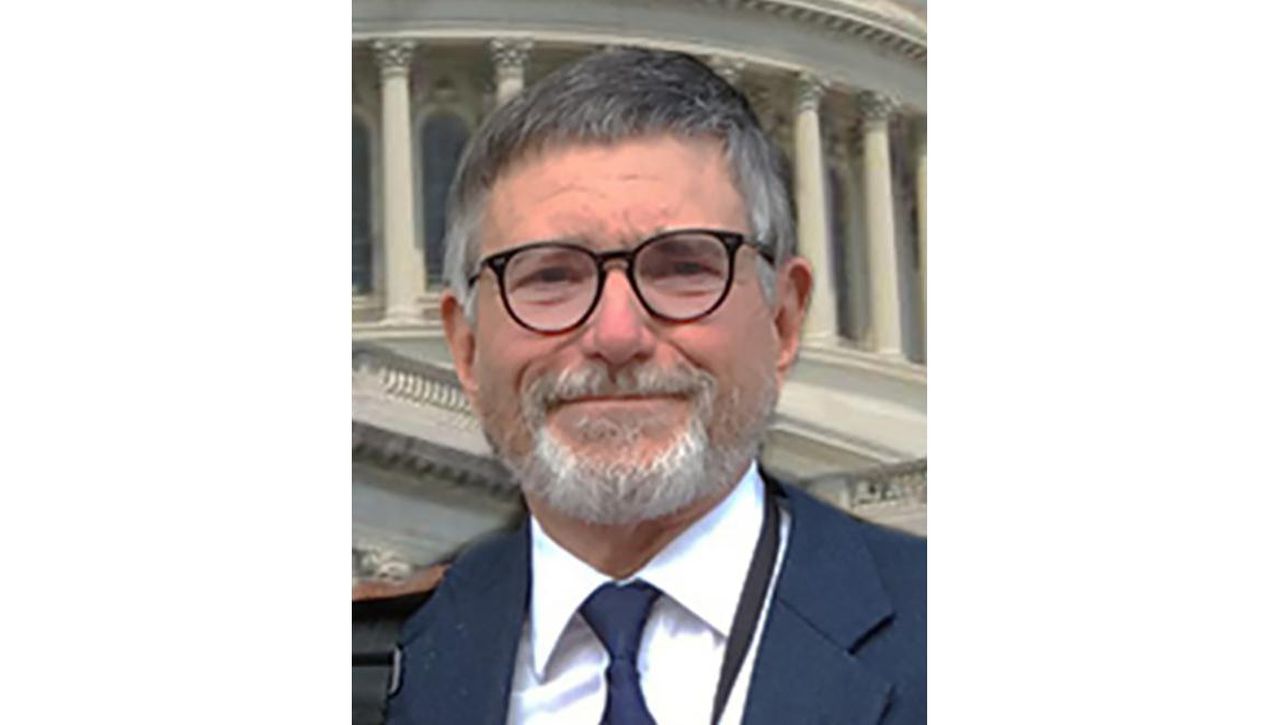Comeback Town: Not best way to spend $5 Billion on Birmingham
David Sher’s ComebackTown for a better greater Birmingham
Click here to sign up for newsletter. (Opt out at any time)
Today’s guest columnist is John Northrop.
Everett Dirksen, the Senate floor leader in the’50′s and 60′s was once quoted, “A billion here, a billion there, and pretty soon you’re talking real money.”
We’re in the process of potentially investing $5 billion in our Birmingham region.
With that kind of money at stake we need to take a pause and consider a more transformative option.
As a member of the Transportation Citizens Committee to the Birmingham Regional Planning Commission (RPC), I recently voted against RPC’s proposed 2050 Regional Transportation Plan.
My beef?
The plan’s commitment to the northern beltway.
Preliminary work continues on the beltway, which boosters hope will be built over many years, mostly with designated funds from the Appalachian Regional Commission (ARC). A recent Birmingham Business Journal “Power Poll” suggests that the beltway enjoys fairly strong support from area business leaders. Said the Journal:
- Nearly 70% of respondents believe the Northern Beltline could have a similar impact on commercial and residential development as Interstate 459 did for the southern portions of the metro.
- The completion of Interstate 459 ushered in a significant era of development around its perimeter and helped fuel growth in suburbs like Hoover and Vestavia Hills, among others.
- Many believe that could happen in northern Jefferson County, with 34% of respondents saying they believe the potential for opening up new cities and suburbs to development is the biggest potential benefit of the Beltline.
I don’t question ARC’s rosy cost benefit projections for the project—although some observers say the anemic development to date along come-lately I-22 should give us pause. I also accept that getting big trucks off downtown freeways would help with traffic safety and congestion. Still, in this day and time, I object to the beltway for three main reasons:
First, regardless of economic cost-benefit for north Jefferson County and the wider Birmingham region, I think the beltway offers dubious core city good. Despite some potential “trickle down” benefits, the project chiefly invites suburban sprawl—something which many Journal respondents clearly endorse.
I myself fear the beltway may put core city resources and stability at further direct risk. Yes, southern development took off with I-459′s construction. So too the core city’s population decline.
There’s also the question of the project’s potential environmental impact. Completed, the beltway will traverse and further stress northern watersheds, whose well-being seems likely to prove critical for established populations downstream.
Finally, the beltway comes with a major opportunity cost: a reduced national capacity to slow and recover from climate disasters clearly growing in number and impact. There are and will be more critical needs for federal money, especially to fund climate mitigating strategies (like public transit) and to help restore stricken localities as heat, storms, drought, wildfires, and floods intensify.
In truth, I expect that regardless of metro or state priorities, national needs ultimately will override completion of the beltway. Yes, projected beltway funding is categorical and specifically targeted to this purpose. But circumstances and categories can change. Congress can redirect. And in this case I believe it’s just a matter of how soon and for what particular purposes.
I think new circumstances call for transformative investments, not just a truncated stretch of asphalt. Can we not embrace more judicious strategies, enlist our congressional delegation to get out in front for those, and make them our best bid for whatever funding may be in play in a more challenging future?
I’ve read that the beltway will cost more than $5 billion. That’s 5,000 million dollars! It would take far less to build a world class metro transit system! That system could link our entire region into an efficient, more unified economic engine for ourselves, the state, and nation.
Robust public transit would help build a more dependable work force, while also ensuring full access to and from school, health care, shopping, recreation, and worship—regardless of status or address. It would reduce traffic congestion and harmful emissions. It would help ratchet down the worst that climate seems on course to deliver.
I applaud the optimistic spirit of Comeback Town, which of course doesn’t mean reverting to anything exactly as it once was. Indeed, our challenge and I think obligation is to grow into something stronger and better crafted for changed realities.
Astute transportation choices will promote opportunity, productivity, and quality of life for everyone here—and, as a bonus, everyone else on our comeback planet.
John Northrop is a member of the Transit Citizens Advisory Board to the Birmingham-Jefferson County Transit Authority and coordinator of the Action Coalition for Transit (ACT), an all-volunteer organization urging first-ever state funding for public transit in Alabama.
David Sher is the founder and publisher of ComebackTown. He’s past Chairman of the Birmingham Regional Chamber of Commerce (BBA), Operation New Birmingham (REV Birmingham), and the City Action Partnership (CAP).
Click here to sign up for our newsletter. (Opt out at any time)
